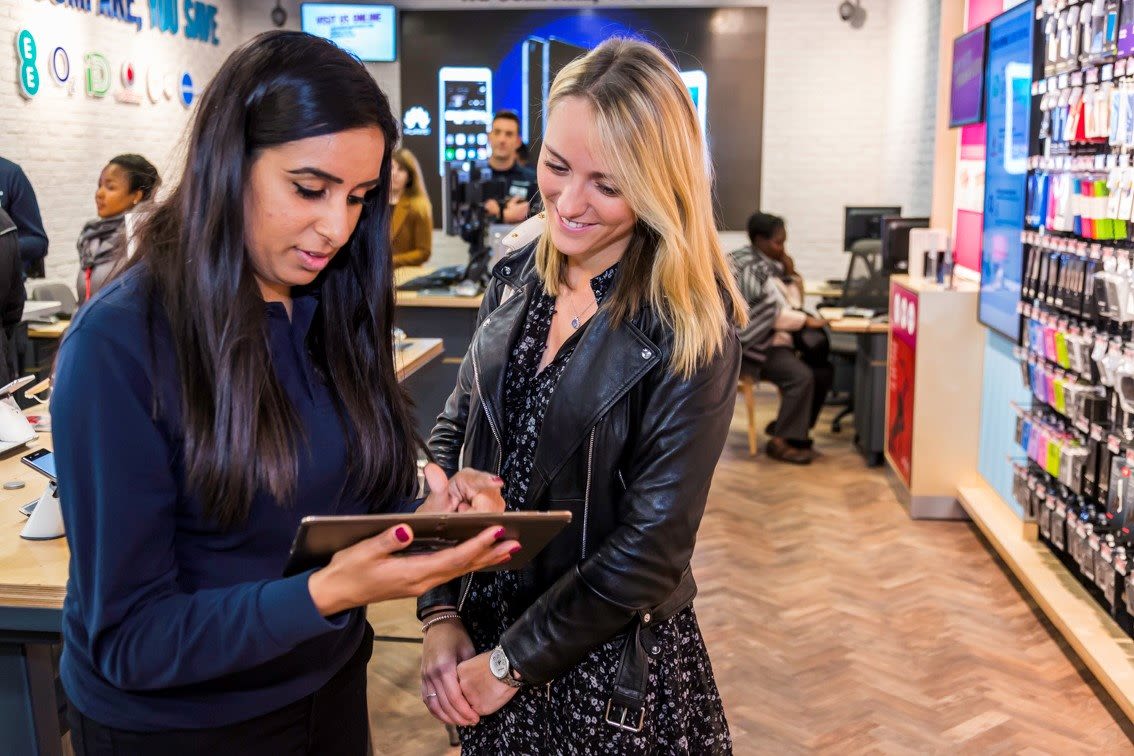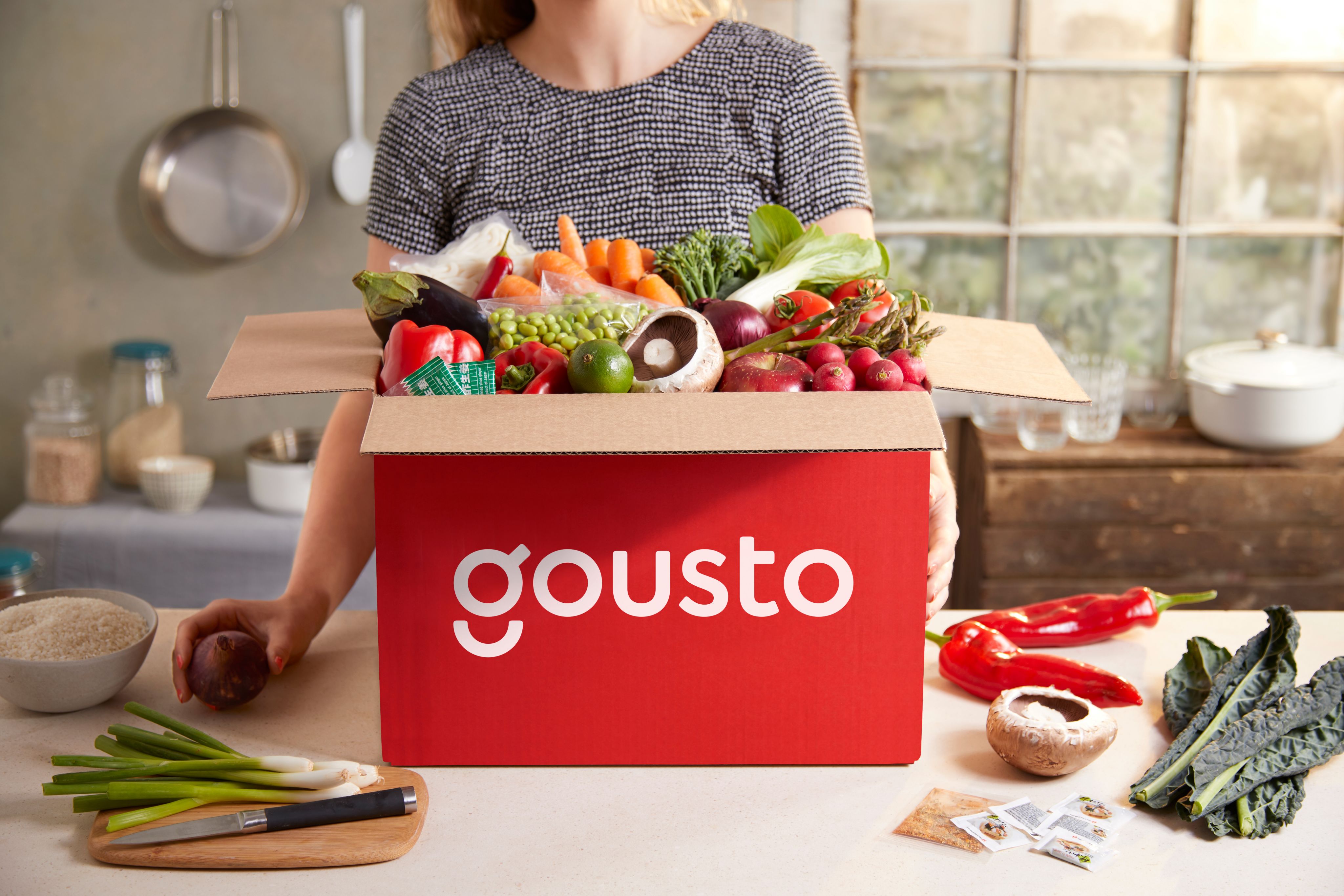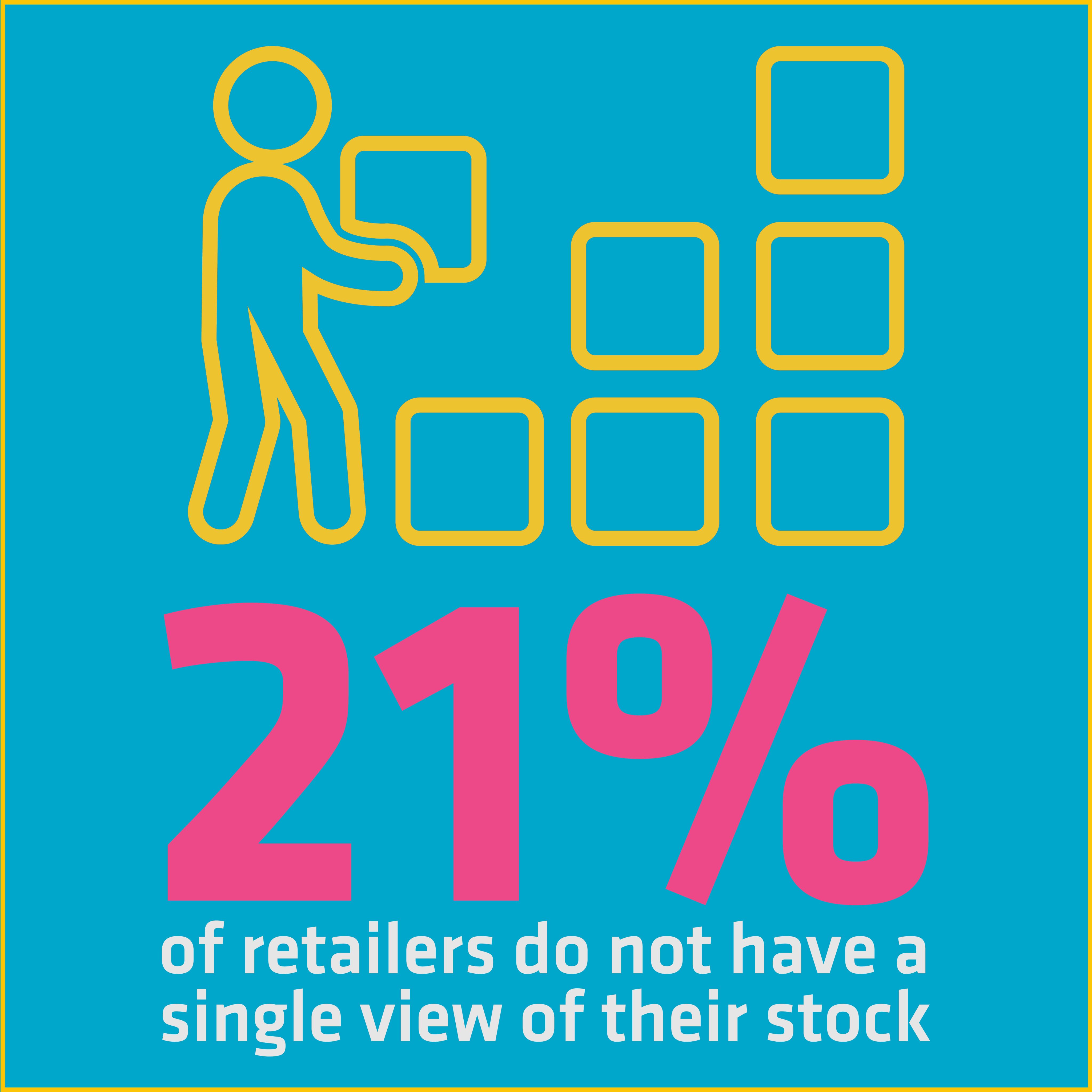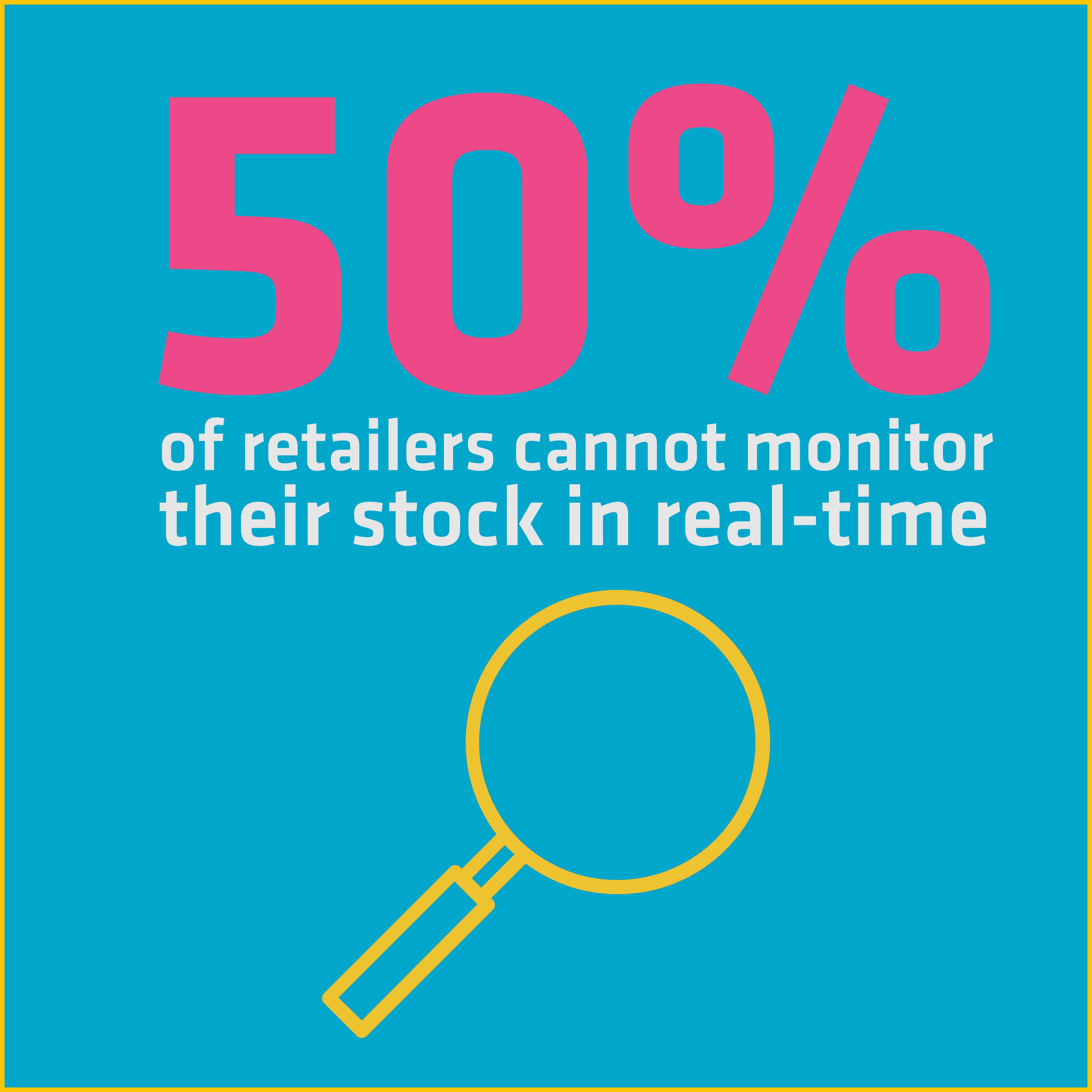3. Innovation and investment (COPY)

3. Innovation and investment: meeting the challenges of retail's new reality

To meet the needs of the new consumer, retailers need to innovate, invest and structurally adapt.
The two biggest areas of investment this year and next are digital technologies and people: 88% of the retail leaders we interviewed said they are investing in digital engagement, and 71% in staff enablement, meaning tech to help serve customers better and improve remote learning.
''People are the lifeline of our business''
Mark Thomson, director, retail & hospitality EMEA at Zebra Technologies, observes: “We’re currently seeing that on the front line, where you need employees to be executing, they are instead experiencing information overload. They have to bounce between separate lists, systems, screens and apps. They have to make judgements about priorities due to time pressures, deciding which tasks to focus on first and in what order. And all of this juggling ultimately makes it harder to find time to engage with customers.
“Store employees stand at the crossroads of everything that’s important; strategy, execution, customers and inventory. This means that success or failure hinges on how well they get tasks done. Solving this bottle-neck is rightly at the top of the agenda and that’s why Zebra has developed a unified vision for helping employees execute strategically.”
People
After a difficult year for retail teams, with many furloughed and many others under huge pressure to keep businesses running, retailers are ploughing investment into their people.
One fashion group chief executive says the goal is to pre-empt an increasingly competitive market: “Training is important because people are the lifeline of our business. We believe the jobs market is going to become much more competitive particularly for three or four areas within the business where it will be driving huge turnovers, so it’s a pre-emptive strategy.”
The boss of a greetings cards chain will be investing in broader, multi-function skills for his team. “Plus the elements around mental health and wellbeing I think will be important given what they've just been through. I think it's going to have been quite a scarring event for a lot of people.”
''We believe happy colleagues make for happy customers and happy shareholders''
For others, such as Matthew Gully, chief executive at Allbeauty, the focus is hiring to fuel growth. “When you grow a business, you move away from generalists into more specialist individuals, and that's what we're having to do.”
At Currys, frontline colleagues have had a 9% pay rise. Chief executive Alex Baldock says: “All 35,000 colleagues are shareholders, so everyone gets at least £1,000 of free shares in this business. We believe happy colleagues make for happy customers and happy shareholders.”
Digital
Unsurprisingly, digital is a key area of investment, and a large majority of the retailers we spoke to are investing in replatforming their front- and back-end systems.
“Evolving and becoming more digital faster,” Rituals manging director, UK and Ireland, Penny Grivea answers when asked how the business has had to pivot during the pandemic. “We are where we wanted to be in five years, so now we have to accelerate quickly.”
“In two years’ time, we'll be 75% digital,” says one fashion retail chief. “Whereas going into all of this, we were less than 40% digital. So, clearly that changes the whole nature of the business supply chain. We were hoping to implement that over three years. We did it in six months because we had to.”
Levi’s set up a digital enterprise office this year. “Digital transformation was already a big investment area, but now we’re very focused on driving this through. As part of that we have a big focus on data and analytics,” says Richard Hurren, senior vice president global direct to consumer at Levi’s.
For others, investment is centred on inspiration. Damian McGloughlin, chief executive at Homebase, highlights its 10-year partnership with The Hut Group, announced in September 2020, designed to overhaul its ecommerce operations. “We had already started to invest in digital and last year, we also announced a 10-year partnership with The Hut Group. Together, we’re creating even more inspiration online and making it easy to shop through things like shoppable rooms sets and our home inspiration hub, a place where our customers can find ideas and advice for their home and garden projects.”
The leader of a homewares chain says: “[It’s] all about online business capabilities in service and fulfilment… ecommerce and technology goes hand in hand, we are investing in the stores and are going to do training and upskilling.”
For many, it is about catching up with the extraordinary pace of growth they’ve experienced. “We quadrupled the size of the ecommerce business and that happened very quickly… we have to now invest behind the scenes to make sure the customer proposition is as strong as it could be and as profitable as it could be,” says the leader of a supermarket chain.
Subscription models
Interest in the subscription economy continues to grow as a means of connecting with consumers, and two large high street fashion chains are exploring the idea of a subscription service for delivery of clothes.
The chief executive of one fashion retailer says: “We want to have a seamless, digitally led shopping system with the app at the core. By having the app at the core, that will allow us to create a much better loyalty scheme, which may have a subscription.”
Another fashion retail leader says: “Unlimited next-day delivery has quietly gone live over the last four weeks, which is a subscription model. It's quiet because we're testing it, but that will go into full rollout pre-Christmas.
“We're in the process of looking at recycling of clothes, and also a potential subscription model for clothes that then get re-circled. We haven't got that model to make money yet.
“So, we're finding it hard to get the model to work with putting that stock back into circulation, and cleaning it, and then looking after it. But we are in the midst of investigating the model.”





Scaling up the supply chain
Supply chain, infrastructure and the ability to scale the business are a focus for several retailers. Nearly two-thirds (65%) are investing in inventory visibility – and the focus is greatest for those experiencing fast growth.
Niran Chana, VP of international at Gymshark, says: “Historically, Gymshark has struggled to remain in stock. We want to be in a position where we are offering our full product catalogue in its best offering to our consumers over the next year, so real investment in inventory, in stock, across all of our distribution centres over the world.”
Thomson adds: “With the return to store proving far from straightforward, one of the biggest factors driving customer satisfaction is stock accuracy. To see that nearly a quarter of the retailers interviewed do not have a single view of their stock and only half can monitor in real-time shows an immediate need for innovation. Time, cost and efficiency are just a few of the areas that we’re seeing customers gain significant benefits. However, the biggest opportunity comes from data intelligence, taking action to meet customer demand, increase stock availability and being able to support new delivery methods.”
''We innovated to get products to customers in less than half an hour during the pandemic; in the UK, we’re going to keep going until we get to 15 minutes... Customers want immediacy''
Delivery has become faster than ever, and the pandemic has upped the emphasis on immediacy – in July 2021, Marks & Spencer became the latest retailer to launch same-day delivery for fashion. Nineteen per cent expect to see more desire for on-demand delivery in 2022 (for example, using Uber or Deliveroo), while 42% expect to see increased demand for next-day delivery.
Alex Baldock, chief executive at Currys, says: “We innovated to get products to customers in less than half an hour during the pandemic; in the UK, we’re going to keep going until we get to 15 minutes. That’s something you can do when you have ‘order online and collect in store’, or when you can use your stores as local distribution centres, as we’re doing in partnership with Uber. Customers want immediacy.”
The boss of a snack subscription service agrees, saying: “I think people’s expectations on delivery-time horizons are shrinking and will continue to do so.”
Sustainable delivery is a focus for some retailers, although it is still early days in terms of demand. “It’s a very small offering at the moment, but it’s very much in people’s minds. If you do really want new shoes delivered by bicycle as opposed to truck, it’s very few people, but we do have some outliers that will very much want to do that,” says the leader of a footwear retailer.

Like what you read?
120+ speakers will gather in May to discuss these topics,
and so much more.
Book your ticket today

